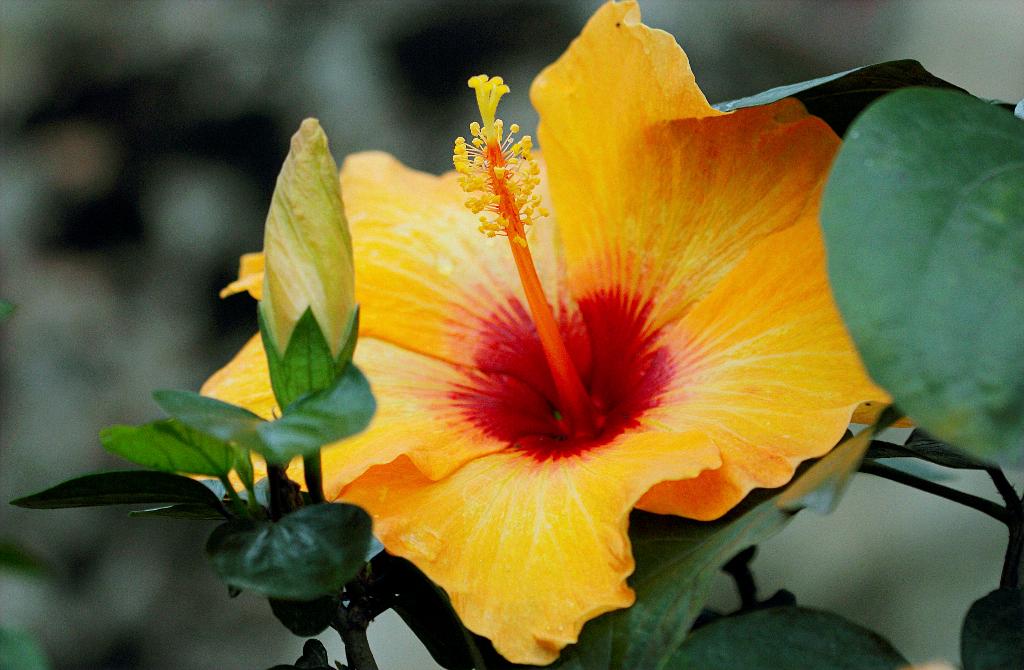When it comes to enjoying a cup of refreshing hibiscus tea, one may wonder which specific variety of hibiscus is commonly used in this popular herbal beverage. Hibiscus tea, known for its vibrant color and tangy flavor, is typically made from the dried calyces of the flowers of the Hibiscus sabdariffa plant. This particular species of hibiscus, also known as roselle, plays a key role in the creation of the beloved hibiscus tea drink.
Introduction to Hibiscus Tea
Hibiscus tea, a fragrant herbal infusion, has gained popularity for its refreshing taste, striking deep red hue, and potential health benefits. The Hibiscus sabdariffa plant, native to Africa and found in various tropical and subtropical regions worldwide, is the primary source of hibiscus tea. The dried calyces, or sepals, of the hibiscus flowers are used to brew this invigorating herbal tea.
Different Varieties of Hibiscus Used for Tea
While the Hibiscus sabdariffa plant is the main variety utilized for making hibiscus tea, there are other species of hibiscus that are occasionally used in tea blends for flavor and aroma. These may include Hibiscus rosa-sinensis, commonly known as the Chinese hibiscus, and Hibiscus acetosella, referred to as the cranberry hibiscus. However, for traditional hibiscus tea, Hibiscus sabdariffa remains the top choice.
Benefits of Drinking Hibiscus Tea
Consuming hibiscus tea offers numerous potential health benefits, as it is rich in antioxidants and vitamin C. Some studies suggest that hibiscus tea may help lower blood pressure, improve cholesterol levels, and promote liver health. Additionally, hibiscus tea is known for its refreshing taste and can be enjoyed hot or cold, making it a versatile beverage choice.
How to Prepare Hibiscus Tea at Home
To make a delicious cup of hibiscus tea at home, simply steep dried hibiscus calyces in hot water for several minutes, strain the liquid, and sweeten to taste if desired. Hibiscus tea can be enjoyed on its own or blended with other herbs and spices for added flavor complexity. Experimenting with different brewing methods and ingredients can help you find the perfect hibiscus tea recipe that suits your preferences.
Potential Side Effects and Precautions of Consuming Hibiscus Tea
While hibiscus tea is generally safe for most people when consumed in moderation, it may cause adverse effects in some individuals. Those with low blood pressure or certain medical conditions should consult a healthcare provider before drinking hibiscus tea regularly. Additionally, excessive consumption of hibiscus tea may lead to potential side effects such as digestive issues or allergic reactions.
Conclusion: Enjoying Hibiscus Tea for its Flavor and Health Benefits
In conclusion, hibiscus tea, primarily crafted from the Hibiscus sabdariffa plant, offers a delightful beverage option with a unique flavor profile and potential health perks. Whether you savor it for its tangy taste, rich color, or antioxidant properties, hibiscus tea presents a versatile and enjoyable way to incorporate more herbal drinks into your daily routine. By exploring the world of hibiscus tea, you can discover a refreshing beverage that not only tantalizes your taste buds but also nourishes your body.

